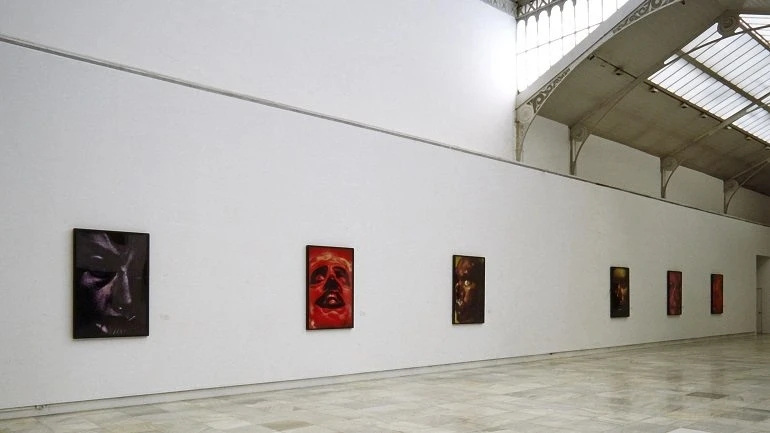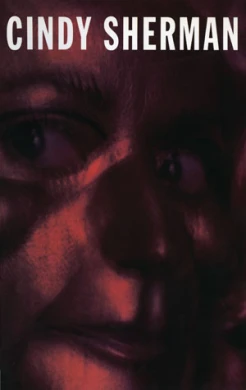Cindy Sherman. Colofón

Artifice is the prevalent quality in her images, threading together her whole oeuvre. This is reflected here in over seventy works that make up the exhibition; as the specialist, Margrit Brehm, stresses, thanks to the artificial construction of the images, “drama is perceived from that which is called reality from reality.”
The exhibition is arranged into four groups distinguished by the extremes of Sherman's work: Untitled Film Stills (1977-1980) feature black and white stills of women in different roles and settings with a strong sense of narrative, whereby the model looks to be in a Hollywood film or television set from the Fifties or Sixties. Next the Disgust Pictures (1986-1989), made up of colour photographs containing still-lifes of vomit, viscera and decaying and decomposing material that portray the abject and formless. The series Sex Pictures (1992) stages sexual perversion through masks, mannequins and prosthetic body parts joining violence and pornography. Finally, in Horror Pictures (1995) Sherman reverts back to the mask to explore the nature of horror films and consider them essays on the worst that can happen in the world, bestowing upon them a kind of cathartic effect.
In the words of the art critic, Peter Schjeldahl, the creative principle behind Sherman's work is “a dialect between photography and murder”, materialising in images with “unerring psychological intensity”, employing a structural domain of cinematographic and pictorial instruments. Sherman is a connoisseur of Norman Bryson's notion of the post-modern subject, “a tissue of quotations, a complete elision of image and identity.” From this perspective, the approprationism and recontextualisation can be identified as two of the main resources she employs to fabricate her fictional photography, as reflected in Untitled Film Stills.
Sherman uses guises and masks as a medium for entering the intimate lives of the characters that she herself creates, to bring the private fears and perversions that define them to the fore. Without proclaiming herself a feminist artist, through reconstruction Sherman interprets, divulges and renounces the roles historically given to women by the dominant masculine society and builds her identity upon them.
Artists
Museum Boijmans van Beuningen, Rotterdam (March 10 - May 19, 1996); Sala Rekalde, Bilbao (October 15 - December 1, 1996); Staatliche Kunsthalle Baden-Baden (January 19 - March 23, 1997)
Organised by
Museo Boymans van Beuningen, Rotterdam, in collaboration with Museo Nacional Centro de Arte Reina Sofía
Image gallery

Itinerary
Museo Boymans Van Beuningen, Rotterdam
10 March, 1996 - 19 May, 1996
Museo Nacional Centro de Arte Reina Sofía, Madrid
9 July, 1996 - 22 September, 1996
Sala Rekalde, Bilbao
15 October, 1996 - 1 December, 1996
Staatliche Kunsthalle Baden-Baden
19 January, 1997 - 23 March, 1997
